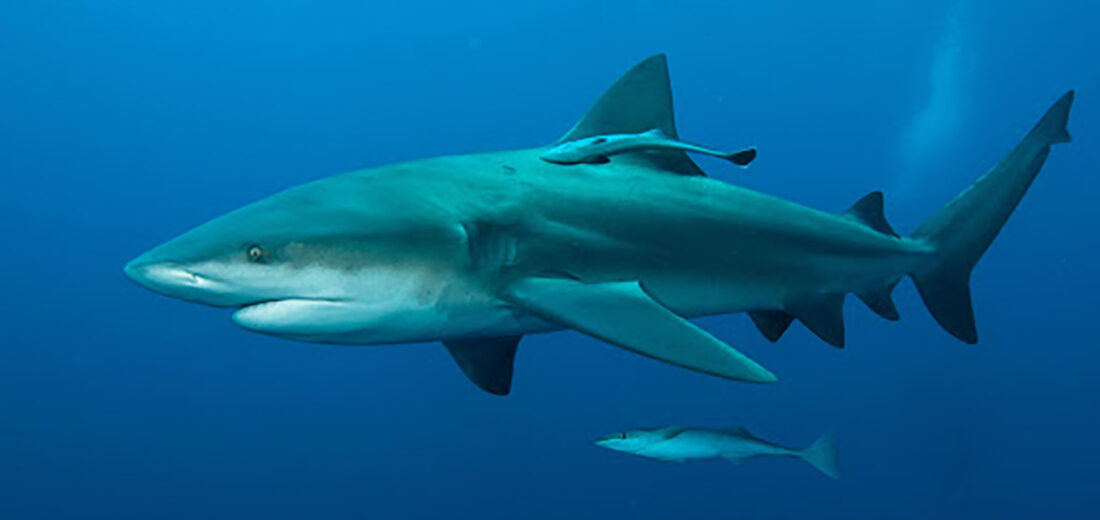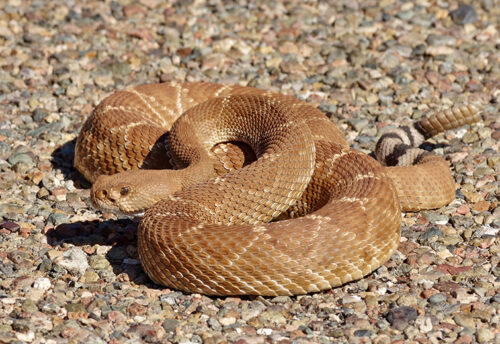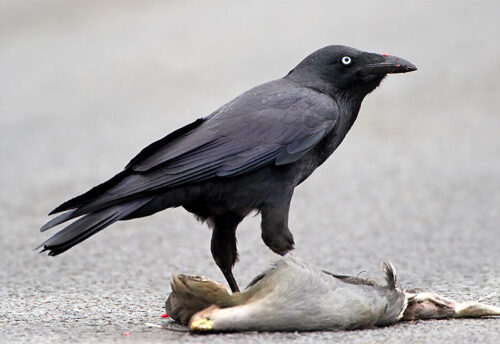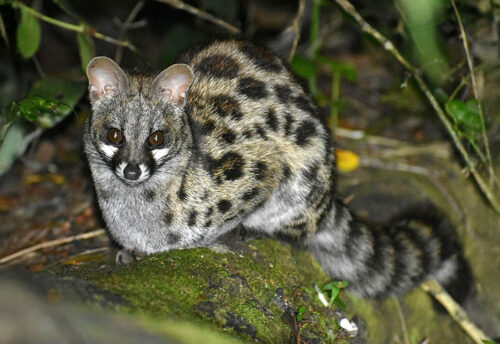
The bull shark is often considered the most dangerous shark in the world. This is because they’re not only an aggressive species but they also tend to hunt in waters where people often swim; such as along tropical shorelines. Bull sharks dwell throughout the world, in shallow, warm ocean waters. They’ve also been known to swim up into freshwater rivers and estuaries! They add that something special to the long list of creatures that have no problem killing you, in Australia.
First the Stats…
Scientific name: Carcharhinus leucas
Weight: Up to 290 lbs.
Length: Up to 11.5 feet
Lifespan: Up to 16 years
Now on to the Facts!
1.) Bull sharks will eat nearly anything, however their diet consists primarily of a variety of fish. They will also go after sea turtles, dolphins, and even other sharks!
2.) They are crepuscular (active at dawn and dusk) creatures. Hunting during day and night at around twilight.
3.) The bull shark accompanies their more famous cohorts, great whites and tiger sharks, as the 3 species of shark most likely to be seen attacking humans.
4.) Sharks typically have to keep a certain level of salt in their bodies in order to survive. However, bull sharks have evolved a special adaptation, via their kidneys and a special gland located in their tail to maintain the necessary salt in their bodies (50%); even while in fresh water.
5.) These sharks get their name due to their bad attitudes, blunt noses, and the tendency to head butt their prey before attacking.
But wait, there’s more on the bull shark!
6.) You can relax though, there are fewer than 5 attacks per year by these predators.
7.) In a comparison of bite strengths of 13 different sharks scientists found that an adult bull shark can close its jaws at around 1,350 lbs. of force at the back of its mouth and over 45 lbs. at the front! (Humans only bite with a maximum force of around 202 lbs. with our back teeth.)
Did you know…?
In 1937, two fishermen caught a 5 foot bull shark more than a 1,000 miles up the Mississippi River! One bull was found swimming in the Amazon River about 2,400 miles away from the ocean!
8.) In Australia, an 18 foot-long saltwater croc named Brutus was once photographed eating a young bull shark.
9.) The Carbrook Golf Club, near Brisbane, Australia, near the the Logan River, has become famous for containing bull sharks. Gives new meaning to the term “water hazard”.
10.) Only 2 other shark species have recorded more deadly attacks on humans: the tiger shark and the famous great white.
Now a Short Bull Shark Video!
Also, check out the Critter Science YouTube channel. Videos added frequently!
Want to suggest a critter for me to write about? Let me know here.



